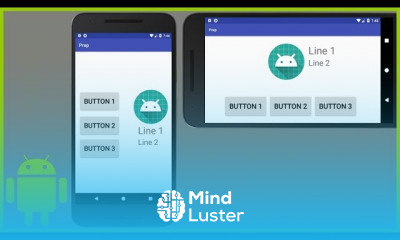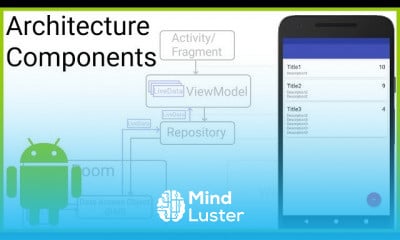Dagger 2 Tutorial Part 11 CUSTOM SCOPES COMPONENT DEPENDENCIES Android Studio Tutorial
Share your inquiries now with community members
Click Here
Sign up Now
Lessons List | 14
Lesson
Comments
Related Courses in Mobile Development
Course Description
What is dagger module?
Modules are a way of telling Dagger how to provide dependencies from the dependency graph. These are typically high level dependencies that you aren't already contributing to the dependency graph through the @Inject constructor annotation we discussed in our previous article.How does a dagger work?
Dagger generates code similar to what you would have written manually. Internally, Dagger creates a graph of objects that it can reference to find the way to provide an instance of a class. For every class in the graph, Dagger generates a factory-type class that it uses internally to get instances of that type.What is dagger 2 used for?
Dagger 2 walks through the dependency graph and generates code that is both easy to understand and trace, while also saving you from writing a large amount of boilerplate code you would normally need to write by hand to obtain references and pass them to other objects as dependencies.Why should we use dagger?
Why dagger-android? The idea behind dagger-android is to reduce the boilerplate needed to inject objects. To be even more specific, the idea is to reduce that boilerplate code in Fragments, Activities or any other Android framework classes that are instantiated by the OS.What is the use of dagger in Android?
In Android, you usually create a Dagger graph that lives in your application class because you want an instance of the graph to be in memory as long as the app is running. In this way, the graph is attached to the app lifecycle. In some cases, you might also want to have the application context available in the graph.
Trends
Graphic design tools for beginners
Microsoft Excel
Artificial intelligence essentials
Bioinformatics basics
Cyber Security for Beginners | Edureka
Computer science careers
Build a profitable trading
Learning English Speaking
Essential english phrasal verbs
Making money with apps
Human Resources Management
Python for beginners
Build a tic tac Toe app in Xcode
Microsoft Word
YouTube channel setup
Excel skills for math and science
Marketing basics for beginners
Python programming language
Ubuntu linux
Chemistry
Recent
Bioinformatics basics
Bioinformatics databases
Vitamin A to Z tablets
Best zoology books
Best cream for piles pain
Laser surgery for piles
Best cream for piles
Anal fissure treatment
Best antibiotics for diseases
Antibodies structure
Macrophage structure
Drosophila genetics
Diagnostic tests
Bioinformatics
Genetics
Gene therapy
Kidney structure
DNA replication and types
Bacterial cell structure
Parasite structure


















